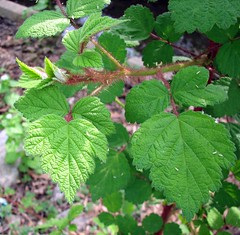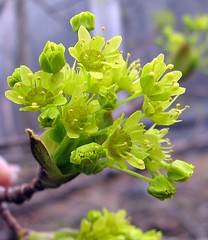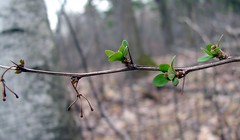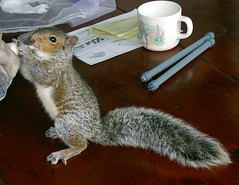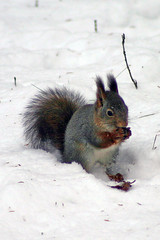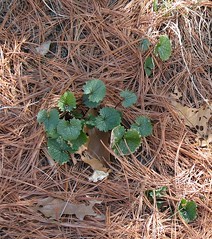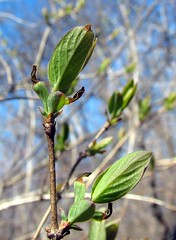This past week in invasive species blogging...
- In Deference of My Idols finds out that the guy who invented the Honeysuckle Popper is practically a neighbor (do us all a favor, PHSChemGuy, and give him a hug if you run into him!)
- The GOAT (coolest blog logo ever?) has a story about Oregon going hog wild.
- Over at Urban by Nature: A Pagan in the City, further proof that nothing can keep Japanese knotweed down...not even a thick coat of asphalt. Time for some Round-Up!
